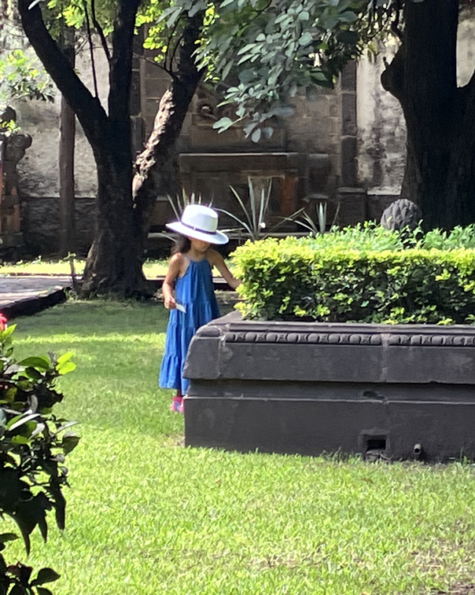When I first heard about the regularization program from a U.S. expat living in Guadalajara, I thought it was a joke. Why would the Mexican government give a foreigner hanging out here on an expired tourist visa legal residency in only a few days, with no proof of financial resources?
When I began researching it, I realized that the program was legit. In essence, Regularization offers a “backdoor” to residency in Mexico for foreigners who can’t satisfy the economic requirements to enter through the front door, or want to avoid the hassle of leaving Mexico to get it done.
This article takes an in-depth look at how the Regularization program works, and who is eligible to use it.
Why Does Regularization Exist?
Residency via Regularization was introduced by the Mexican government during the pandemic — in Spring 2021 to be exact. Around this time many foreigners intentionally (or unintentionally) overstayed their tourist visas and ended up becoming illegal residents of Mexico.
This new program was intended to provide amnesty to foreign residents lacking valid documentation, giving them a way to legally access the immigration system from within the country.
Regularization is also sometimes referred to by its Spanish acronym RNE (Registro Nacional de Extranjeros), and contains a number of advantages over the traditional path to residency taken by most foreigners.
Regularization vs. the Traditional Method for Residency
- Regularization is accomplished entirely in Mexico. There’s no need to leave the country to start the residency process at a Mexican consulate abroad, as you must with the traditional method.
- Regularization enables applicants to bypass the economic solvency tests. Currently, the traditional route requires applicants to prove they have at least $4,350 USD in monthly income (every month for the past six) or $73,200 USD in savings/investments (every month for the past twelve) to qualify for temporary residency.
- Regularization yields a 4-year residency visa all at once, allowing you to avoid the hassle of returning to INM in year 2 to renew it. (an unavoidable task if you go the traditional route).
If you haven’t already guessed, the downsides to Regularization are the risk/uncertainty around how much longer the program will be available and paying the obligatory fines.
Requirements to Complete Regularization in 2024
The basic requirements to use the program are:
- You are physically in Mexico (regularization cannot be done outside the country).
- You visited Mexico at least once between 2011-2022 and have stamps in your passport to prove it.
- You have a valid passport.
- Your current FMM (tourist visa) has expired.
- You have at least $12,000-$17,000 MXN pesos (USD $620-$880 at current exchange rates) in cash to cover the fees and fines.
- You live in Mexico and can provide a residential address from a rental apartment or home.
Every INM office that accepts Regularization applications applies its own criteria, so the exact requirements you encounter may differ somewhat from the list above.
Additional requirements might include proving you have funds to cover basic living expenses or providing a letter (in Spanish) explaining why you want a residency visa.
The likelihood that you’re asked for these additional items is low because no one who’s actually done Regularization reports getting asked for them. However, INM’s web page about Regularization states that applicants may be asked to prove their economic solvency or provide other documents explaining their need to be in Mexico.
Because ambiguity is the norm when dealing with Mexico’s bureaucracy, I advocate being overprepared for any visit to an INM office. This means bringing whatever makes your case stronger!
If you don’t meet all of the basic criteria for Regularization (from the bulleted list above), you’ll have to go the traditional route, i.e. applying at a Mexican Consulate in your native country and meeting the financial targets.
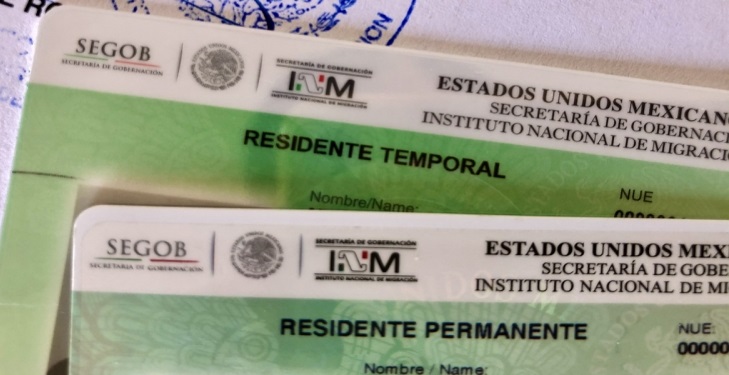
The Best Places to Apply for Regularization
Based on my research, the best places to apply for residency via Regularization in 2024 are Puerto Vallarta, Queretaro, Merida, and Playa del Carmen.
INM offices in these cities reportedly process applications more quickly, e.g. 3-5 days, and do not assess the maximum fines on applicants. (we’ll get to those in a minute)
And just because you apply in one of these towns, it doesn’t mean that you have to live in them. You simply need to provide a residential address in the state where you apply.
Other cities where you can complete regularizations right now include Mexico City, Tijuana, San Miguel de Allende, Merida, Cancun, Oaxaca, and Cuernavaca.
That said, San Miguel de Allende, Oaxaca, and Cuernavaca are known to assess the maximum fine ($17,000 MXN) for overstaying your tourist visa.
One place not worth trying is Mazatlan, which stopped processing regularization applications altogether in 2024. In Guadalajara (where I live), it’s possible to do Regularization, but bureaucratic morass seems more common here than in the cities recommended above.
Steps to Take if You Want to Apply for Regularization
For those who see Regularization as their best strategy for obtaining residency, you should aim to enter Mexico on a tourist visa that expires as quickly as possible, i.e. in 7-14 days, so that you can get it done faster.
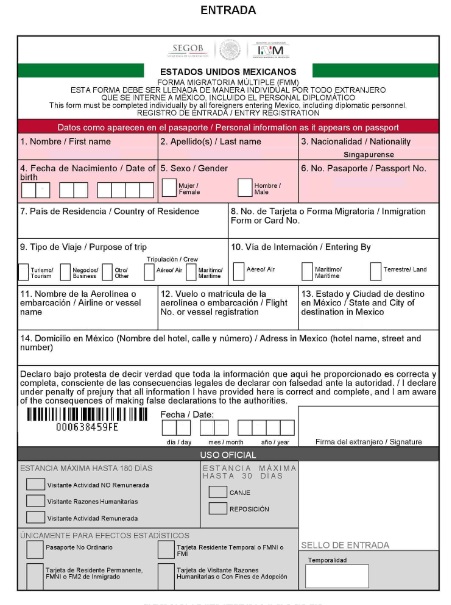
Keep in mind that you can’t leave the country until you get the process completed. (To be honest, that statement’s not 100% true, but you don’t want to deal with asking for special permission to leave before it’s done, and risk having to start all over again.)
If you enter Mexico as a tourist and receive 180 days on your FMM from Customs, you are playing with fire because no one knows if Regularization will still be available six months from now when that tourist visa expires.
According to expat forums I follow, foreign visitors are most likely to get short-dated tourist visas when entering Mexico by land, not by air. Specifically, crossing into Mexico by car or on foot via Tijuana or Belize is reportedly most likely to get you a tourist visa of short duration.
On the other hand, visitors flying into Cancun, Puerto Vallarta, and Mexico City often receive 180-day visas from Mexican customs, so avoid entering via these airports until you have that residency card in hand.
As soon as your tourist visa expires, get yourself to an INM office right away to request your appointment for Regularization. In addition, you must complete this application form on INM’s site, choosing the Tipo de trámite (type of procedure) and the Especifica (reason) from the dropdown menus, as shown below.
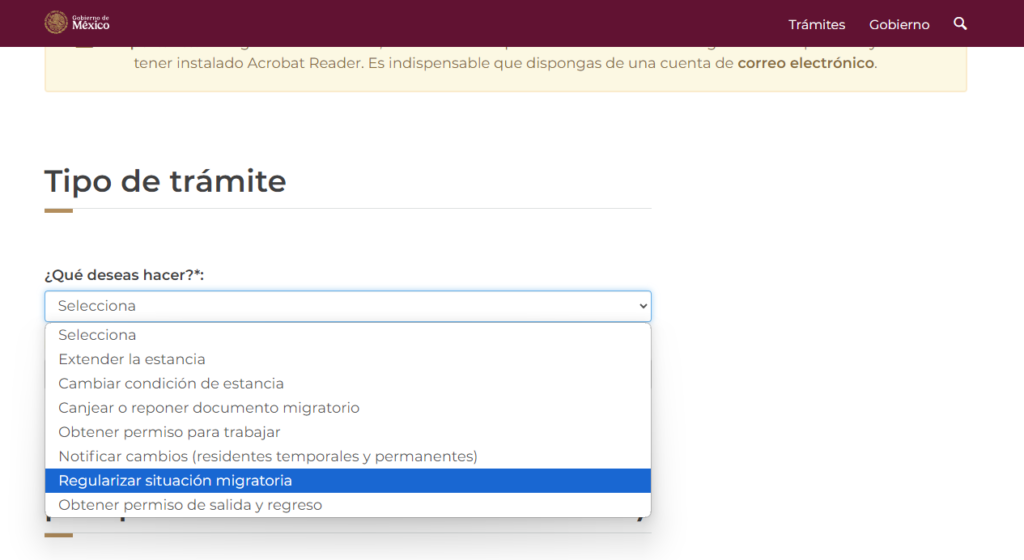
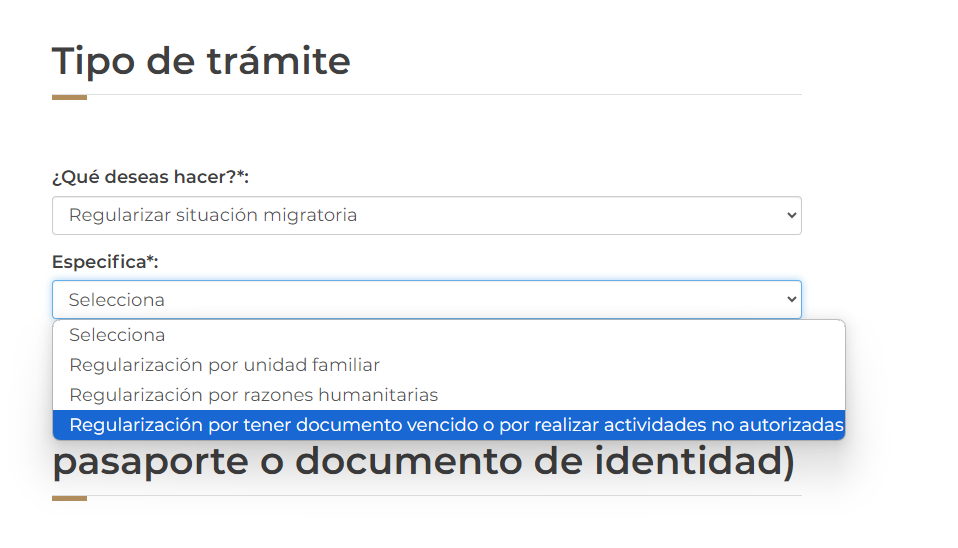
If you don’t speak halfway decent Spanish, I recommend hiring a facilitator to guide you through this process and increase the odds of a positive outcome at INM. (budget an additional $250-$500 USD for that)
But most expats who’ve been living in Mexico for a while should have no trouble getting this done on their own, assuming they are well prepared.
Potential Complications
Regarding those visits you made to Mexico in 2022 or earlier, INM will check its database to confirm that there’s a record of them, which is essential to qualify you for Regularization.
I understand that INM’s electronic records on foreign visitors only go back as far as 2011. If your visit(s) were before that, it’s at INM’s discretion whether to move your case forward on passport stamps alone.
In addition, some INM offices send Regularization applications to Mexico City for review. While this isn’t fatal to your cause, it can add significant time to the process, reportedly an extra 2-4 weeks.
What Regularization Costs in 2024
There are three fees you must pay to regularize in 2024, with the U.S. dollar equivalent based on the current USD/MXN exchange rate.
- Cost of a 4-year temporary residency visa: $11,985 MXN ($620 USD)
- “Change of status” fee regarding your immigration type: $1,702 MXN ($88 USD)
- Fine for overstaying your tourist visa: $12,000 MXN – $17,000 MXN ($620-$880 USD) The amount is not based on the number of days you overstayed. The size of the fine is at the whim of the INM office.
Like any Mexican government tramite (procedure), these amounts are subject to change. I would assume they’ll increase in 2025, if the program continues to be offered next year.
Final Thoughts on Seeking Residency via Regularization
Though the pandemic is over, the Regularization program remains in effect “until further notice.” In 2024, Regularization is sort of like the INAPAM card — a benefit available to foreigners in some places, but not others.
In all likelihood, this program will disappear at some point. But for now, Regularization offers anyone who wants to relocate to Mexico — and would have difficulty meeting the financial solvency requirements — a chance to enter legally through the backdoor.

